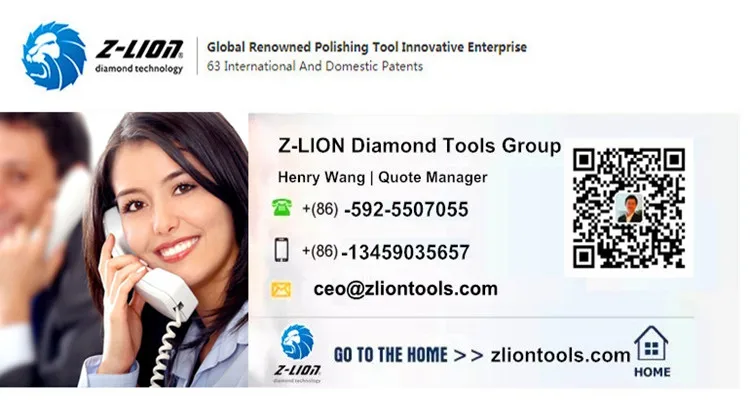In the construction of industrial ground, people generally think that emery wear-resistant floor is an economical, healthy and practical floor product, because its construction period is not long, it is pure and odorless, and it only needs to be constructed synchronously with concrete. It saves a lot of time, so everyone is very enamored of this cheap product, but the emery wear-resistant floor generally has the following shortcomings.

(1) The color of the wear-resistant floor has limitations;
(2) Poor permeability resistance: Wear-resistant flooring is actually a high degree of concrete, and its permeability resistance is far less than that of epoxy flooring. For some workshops that often have oil stains, such as machining workshops, the oil stains are very high. It easily penetrates into the floor and can not be completely cleaned.
(3) Can not resist the corrosion of chemicals: The chemical composition of inorganic silicate is more easily corroded by acid and alkali.
(4) No matter what is lacking, there may also be shortcomings. This mainly depends on which aspect you pay more attention to when choosing ground materials. The so-called ruler has its strengths and its weaknesses. Avoid its shortcomings so as to maximize the advantages of wear-resistant floors. After the floor is made of emery carbide, it is then cured with a concrete sealing curing agent to maximize the functional advantages of the floor!
Explanation of related entries in this article
Floor
The floor is the part of the bottom room in contact with the soil layer. It bears the load of the bottom room, requires a certain strength and rigidity, and has the properties of moisture proof, waterproof, warmth, and wear resistance. The stratum has a close relationship with the outdoor site of the building. The relationship between the floor and the platform, the steps and the site along the side of the building must be handled well, so that the building and the site are clearly handed over and the overall harmonious. The floor is suitable for places with high requirements for sanitary conditions, such as hospital ground, food factory workshop ground, pharmaceutical factory workshop ground, laboratory building ground, computer room ground, etc.; and grounds that require stamping, corrosion resistance and wear resistance, such as underground parking Yard, factory warehouse (forklift), etc. Construction industry: The floor is the part of the bottom room of the building that is in contact with the lower soil layer. It bears the ground load of the low-rise room and must have good wear resistance, moisture resistance, waterproof, and heat preservation properties.
Wearable
There are many types of wear-resistant materials and a wide range of uses. A large-scale high-tech industry group is being formed, which has a very broad market prospect and extremely important strategic significance. Wear-resistant materials can be divided into microelectronic materials, optoelectronic materials, sensor materials, information materials, biomedical materials, ecological environment materials, energy materials and smart (smart) materials according to their performance. Since we have regarded electronic information materials as a separate category of new materials, the new wear-resistant materials referred to here are the main wear-resistant materials other than electronic information materials.
Emery
Name: Emery Keyword or Keyword: Material Science Content In 1891, American Acheson mixed clay and coke and placed it in an iron bowl in an attempt to convert carbon into diamond using an electric arc. But as a result, a sparkling hexagonal crystal was found near the electrode, which is different from the cubic octahedron of natural diamond. Acheson believes this may be a new compound formed by the reaction of carbon and alumina in clay. Since there is an alumina mineral called corundum in nature, he combined the two English words carbon and corundum as the name of this new compound, and Chinese scholars translated it into "emery." It was later known that this compound was silicon carbide produced by the reaction of silica in clay with carbon at high temperatures. The unit cell has a face-centered cubic structure, and each unit cell contains 4 C atoms and 4 Si atoms. Similar to diamond structure. The hardness of silicon carbide is second only to diamond, boron carbide and cubic boron nitride, and ranks fourth among inorganic materials. At present, high-density silicon carbide can be obtained by hot pressing and sintering. It has high strength and good oxidation resistance, and does not deform at high temperatures. It can be used as turbine blades on high-temperature gas turbines, as wear-resistant sealing materials, as well as nozzles and lightweight rocket nozzles. Bulletproof products such as emery, SiC, scientific name silicon carbide. Pure ones are colorless crystals. The density is 3.06~3.20. The hardness is very large, about 9 Mohs. Generally, they are colorless powder particles. After grinding, it can be used as grinding powder, polishing paper, and friction surface of grinding wheel and stone. It is made by placing sand and appropriate amount of carbon in an electric furnace to strengthen heat. Natural emery, also known as garnet, is a silicate mineral. Abrasive materials made by hydraulic separation, mechanical processing, screening and classification. Production and use have a long history. In ancient my country, there were historical examples of using emery to grind crystal glass and various jade. It was sold to the East in the 1840s. It is divided into three categories: coarse, medium and detailed. Among them, the thick mesh is black-red, the medium mesh is light red, and the fine mesh is red-white. The size of the various meshes is uniform, the particle shape is uniform, and the edges are called angular crystals, with sharp edges and high grinding power. For the stone industry to grind marble and other soft materials. Glass industry grinding glass burrs, television picture tubes, optical equipment, lenses, prisms, glass for clocks, etc. Metal industry sandblasting, rust removal, grinding. Grinding offset printing industry, and light industry processing plastic samples, leather, sandpaper and other purposes. The grinding force of natural emery is slightly lower than that of electric furnace white corundum, but its willfulness is strong and it has the characteristics of a shell-like section. Its advantage is that the polished parts are high in smoothness, and the sand marks are few and shallow. The grinding surface is fine and uniform, which can improve product quality, which is unique to this product. Natural emery has short grinding time, high efficiency, low price, and can make up for the short life.

-All diamond tools can be ordered and fabricated!
- Henry Wang | Quote Manager
Henry Wang | Quote Manager
-WhatsApp:+86-13459035657
-Email: ceo@zdiamondtools.com
-Web www.zdiamondtools.com
Company Profile
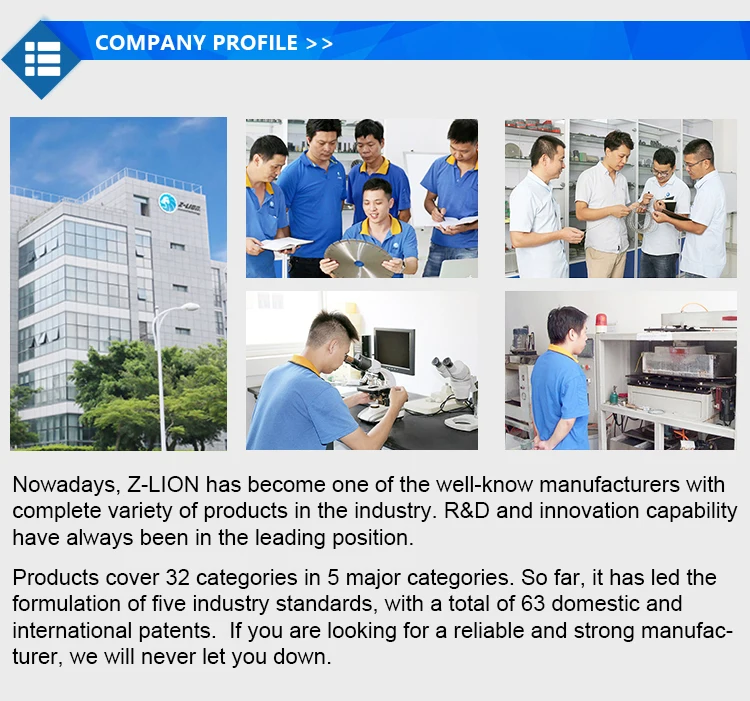
Certifications
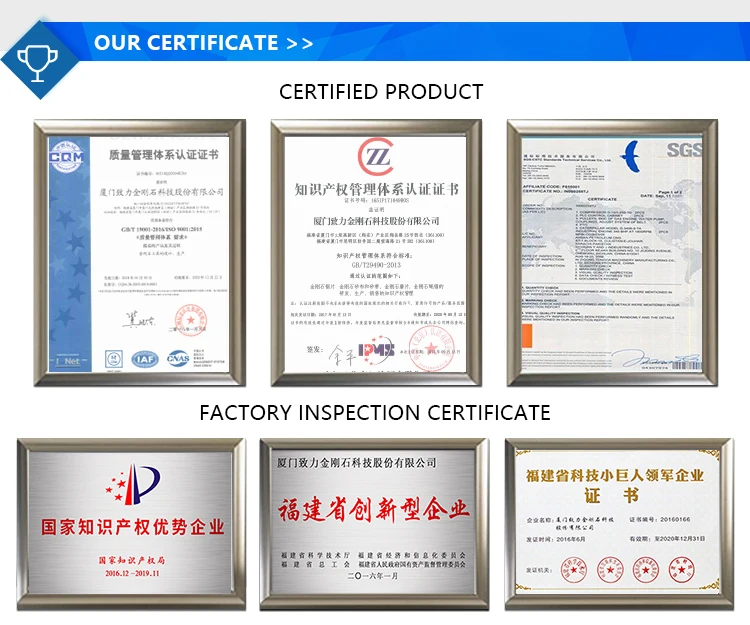
Company Team
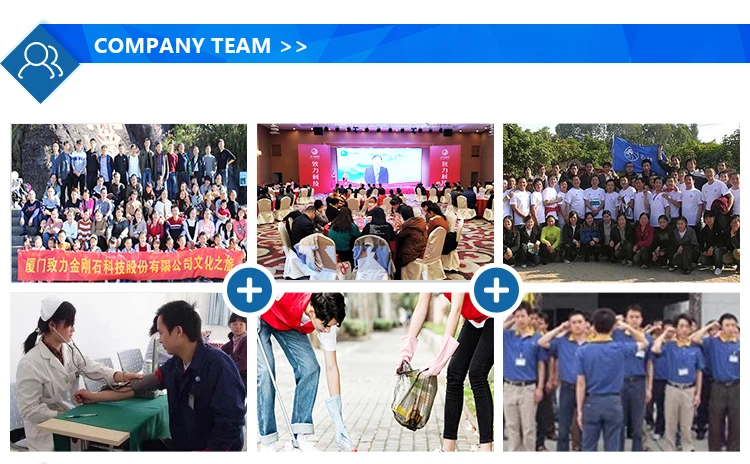
Exhibition
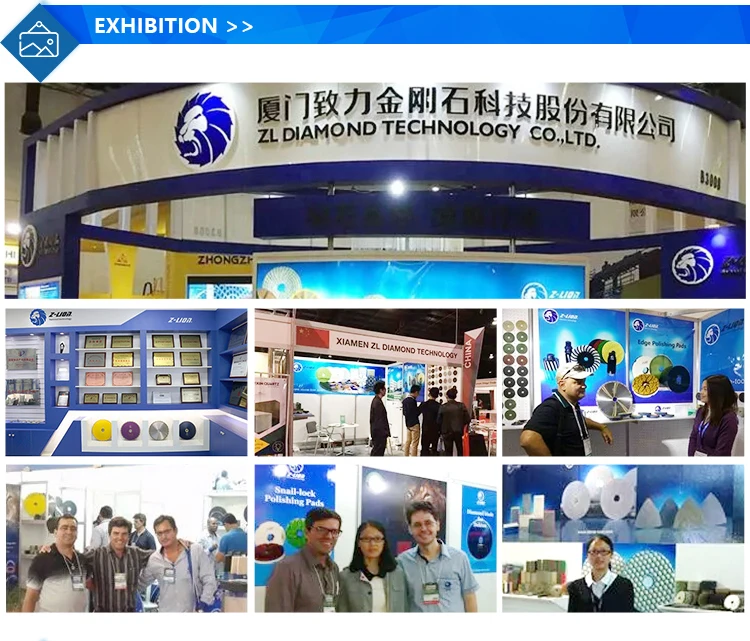
Logistics

FAQ

